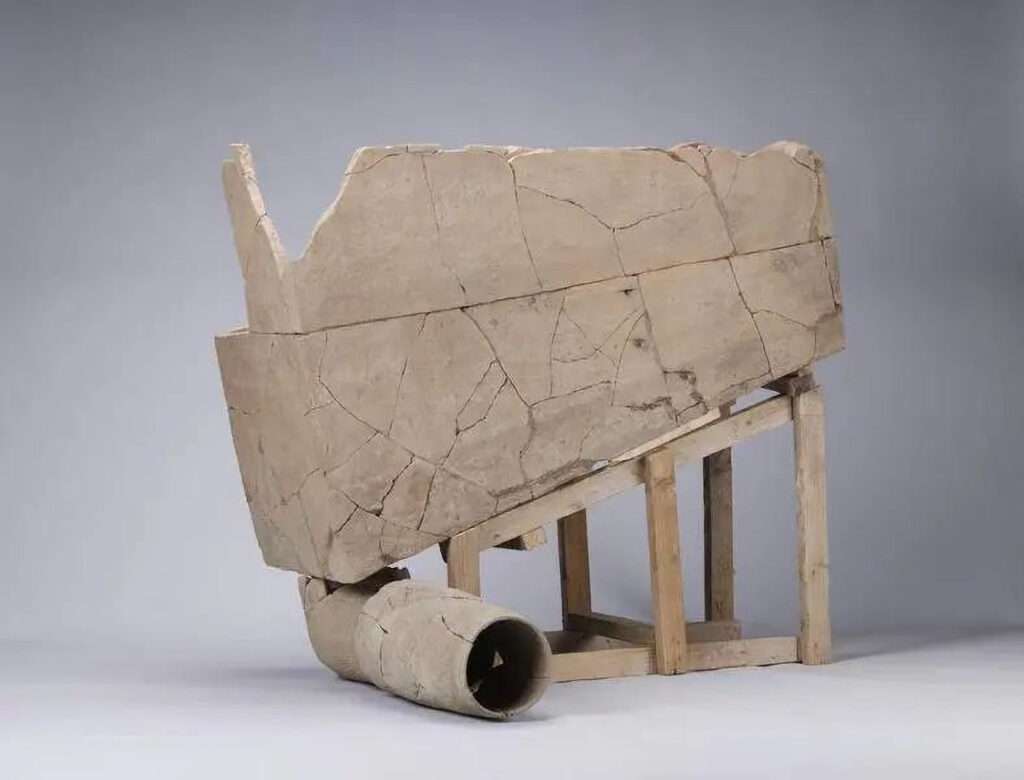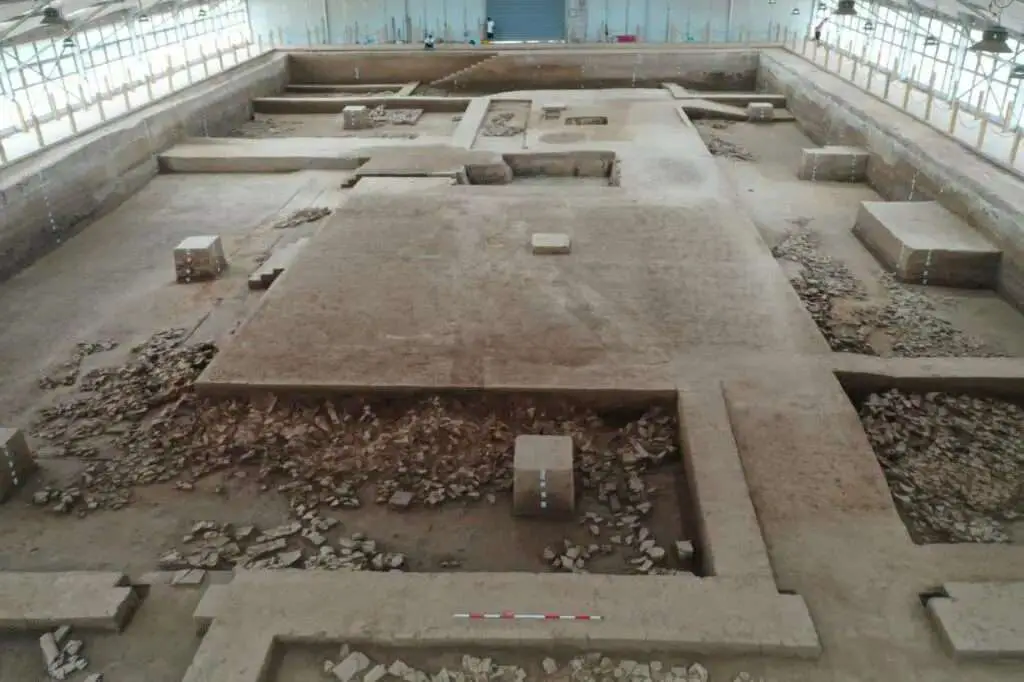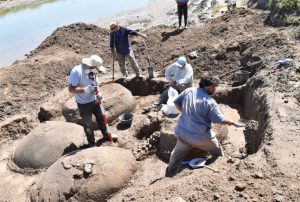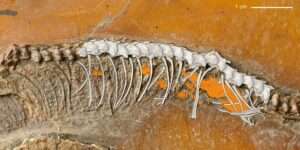Chinese archaeologists were abso-loo-tely stunned when they unearthed a 2,400-year-old flush toilet while excavating an ancient city.

Dating back to the Qin dinasty (221BC-206BC), it is the first and the oldest toilet with a flushing system to be discovered in Chinese history.
The incredible discovery was made at the No. 3 ancient city ruins at the Yueyang City site in Shaanxi Province, China.
Archaeologists with the Institute of Archaeology at the China Academy of Social Sciences stumbled across the toilet while excavating two palace buildings at the site.
The ancient relic consists of an indoor toilet seat and pipe leading towards an outdoor sewage pit.
With the upper portion of the toilet missing, Fan Mingyang, a design expert specialising in ancient tools, said that the toilet looks “deceptively advanced” as it seems to have had a flush water drainage system much like modern toilets.
The flush toilet is somewhere between 2,200 to 2,400 years old.

The exact age is unknown because the ruined palace buildings were used for centuries.
It is the oldest flush toilet ever found, with their invention previously being dated to 16th century England and widely credited to Sir John Harrington, godson of Elizabeth I.
Researchers are reportedly unable to determine whether users sat on a seat or squatted over the toilet because the top is missing.
Pieces of the toilet were uncovered last summer but their existence was announced on 15th February.
The Yueyang City site was used as a capital city under several ancient Chinese dynasties.
There are a total of 15 architectural sites at the Yueyang City Ruins, which reportedly make excellent references for studying ancient urban planning in China.


